(ANN/CHINA DAILY) – World Tea Day, observed each May 21st, honours tea’s cultural, historical, and health contributions globally. This day highlights tea’s pivotal role in society and wellness, celebrating its rich traditions.
Originating from China, tea’s documented history stretches back to the Zhou Dynasty, around the 11th century BC, with its popularity as a beverage soaring during the Han Dynasty (206 BC-AD 220).
As trade flourished along the Silk Road, tea found its way across continents, enriching global culture with its diversity.
China remains a treasure trove of tea varieties, leading the world with its extensive assortment. From the robust flavours of black tea to the delicate notes of white and yellow teas, and the unique fermentation of dark tea, China’s tea spectrum is both broad and intricate.
Each variety offers a distinct production technique and flavour profile, contributing to China’s renowned tea legacy. Here are six of China’s most aromatic and flavorful teas.
West Lake Longjing
West Lake Longjing is one of China’s famous green teas, produced in Longjing Village and its surrounding areas in the West Lake area of Hangzhou, Zhejiang province.
It is renowned for its unique appearance, aroma and taste. With a long history dating back to the Tang Dynasty, West Lake has been mentioned in Lu Yu’s “Classic of Tea” for tea production in Hangzhou’s Tianzhu and Lingyin Temple.
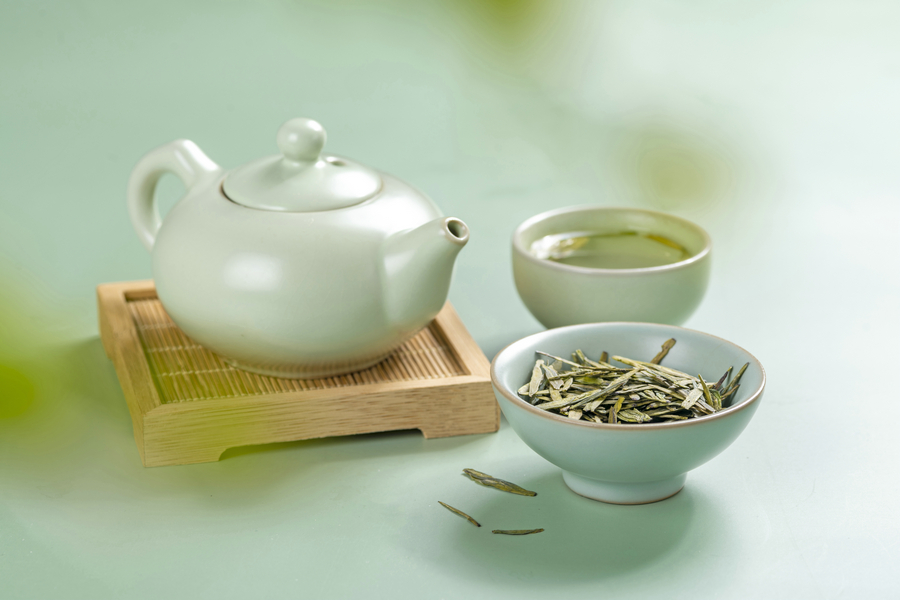
Longjing tea gained fame in the Song Dynasty (960-1279), improved in quality during the Yuan Dynasty (1271-1368), became popular among commoners in the Ming Dynasty (1368-1644) and was even offered as a tribute in the Qing Dynasty (1644-1911).
The picking of Longjing tea is meticulous, with premium Longjing tea harvested around the Qingming Festival. West Lake Longjing tea is known for its benefits such as refreshing the mind, quenching thirst, and reducing neutral fats and cholesterol in the blood.
White Peony
White Peony is a famous historical tea in Fujian, China, belonging to the category of white tea. It is mainly produced in Zhenghe county, Jianyang city, and other areas in Fujian province, using Fuding Big White Tea and Zhenghe Big White Tea as the main raw materials processed through traditional methods.
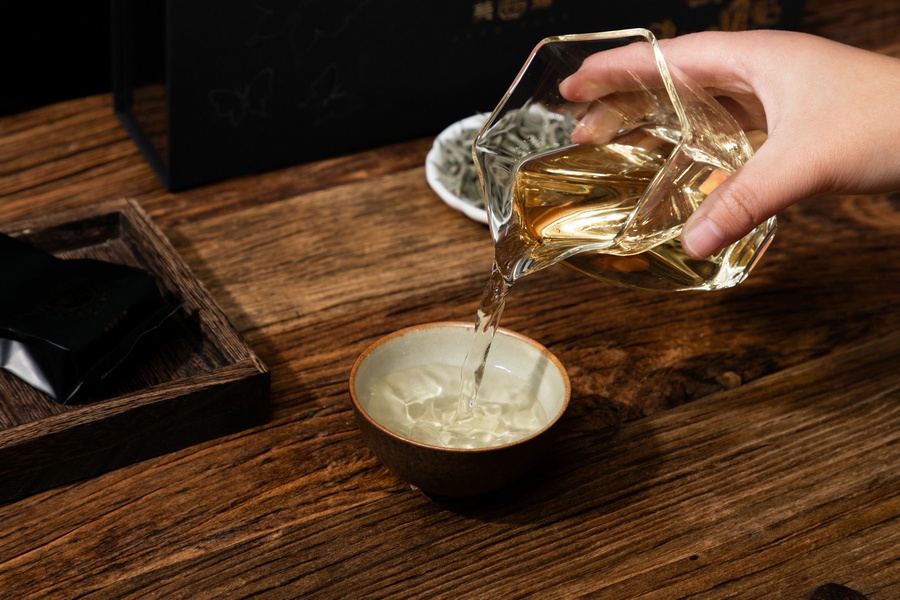
White Peony tea is known for its antioxidant properties, immune-boosting effects, digestive benefits, and potential for weight loss and beauty enhancement.
Jin Jun Mei
Jin Jun Mei is a type of red tea originating from Tongmu Village in Wuyishan city, Fujian province, China. It is a new variety of black tea developed in 2005 by Jiang Yuanxun, the 24th generation inheritor of Zheng Shan Xiao Zhong red tea.
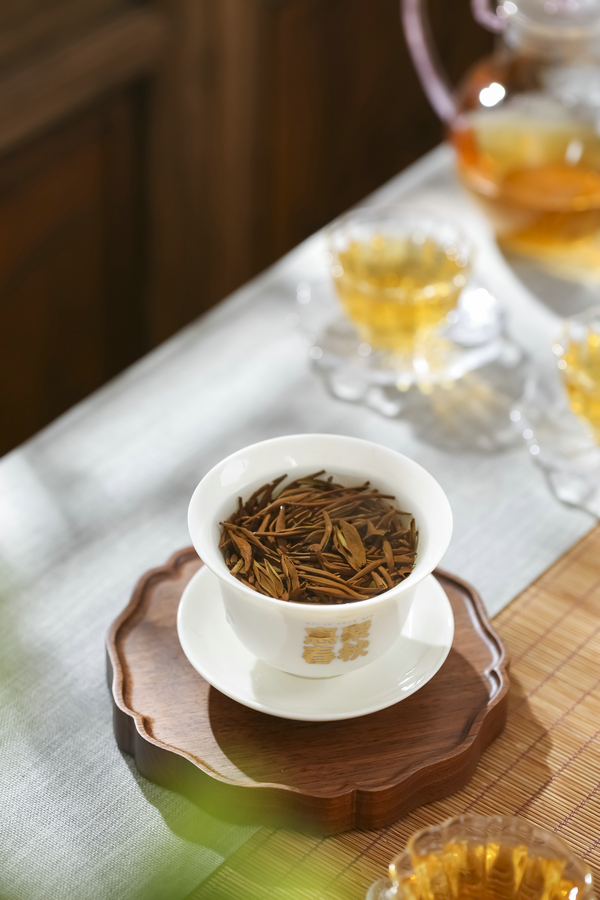
The successful creation of Jin Jun Mei sparked a craze for red tea, leading to a revival and development of the domestic red tea industry in China.
Pu’er tea
Pu’er tea is a unique fermented tea from Yunnan province, China, classified into two types: raw (sheng) and ripe (shou) Pu’er. Its history dates back to the Tang Dynasty, but it wasn’t until the Qing Dynasty (1644-1911) that Pu’er tea became a significant trade commodity.
The name “Pu’er” originates from its main trading hub, Pu’er city, an important stop along the ancient Tea Horse Road.
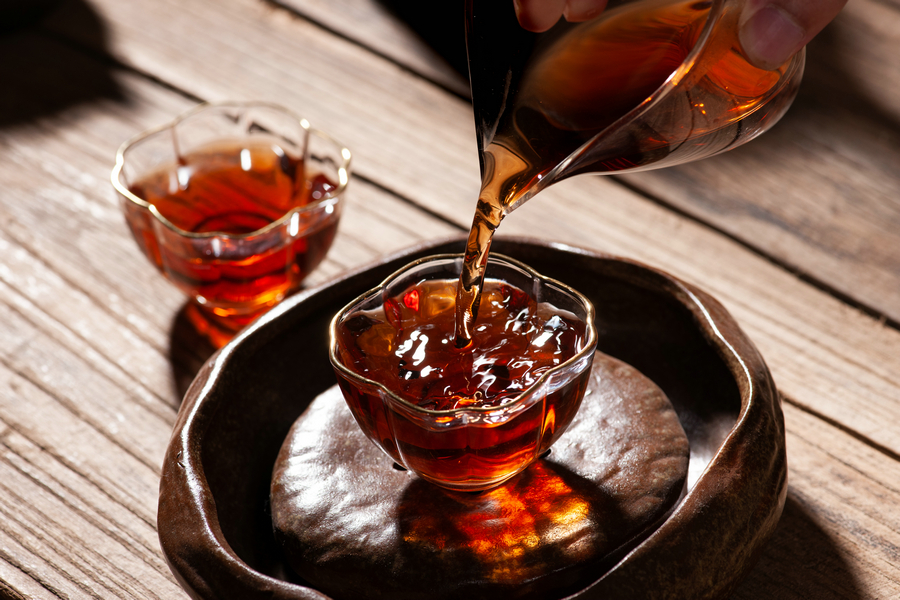
Raw Pu’er tea is initially bitter but becomes smoother and mellow with age. Ripe Pu’er tea undergoes artificial fermentation, resulting in a rich flavor with distinctive aged aromas and sweetness.
Enshi Yulu
Enshi Yulu is the only remaining steamed needle-shaped green tea in China, produced in Enshi city, Hubei province. The dry tea resembles pine needles and has a lush green color.
Its production technique dates back to the Tang Dynasty, flourished during the Ming and Qing Dynasties, and is the only green tea in Chinese history made using steam fixation.
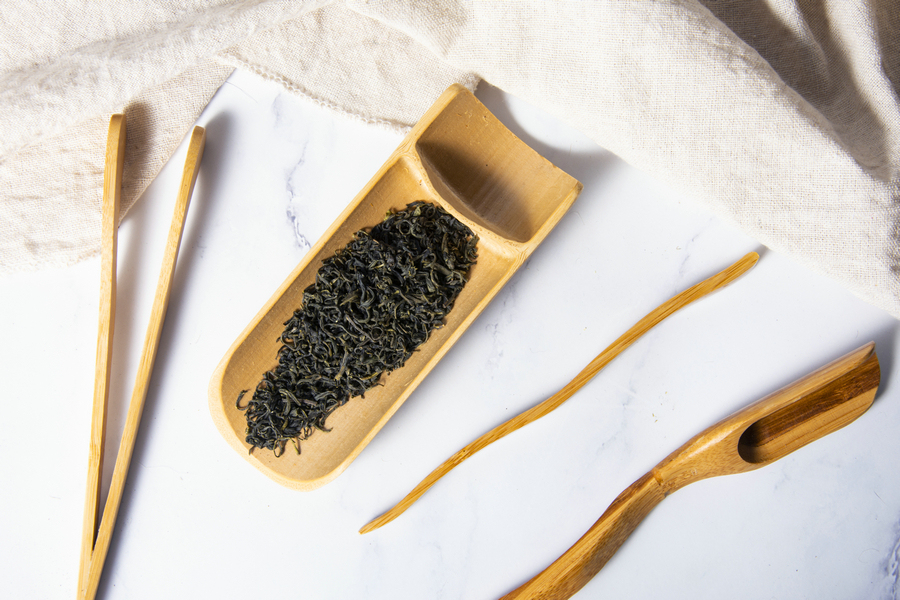
Enshi Yulu has a moderate selenium content and offers health benefits such as antioxidation and anticancer properties.
Jasmine Tea
Jasmine tea is a unique type of tea that combines the fragrance of jasmine flowers with tea leaves, primarily produced in Fujian province, China.
Typically based on green tea, jasmine tea undergoes multiple scenting processes with jasmine flowers to absorb the floral aroma. Its history dates back to the Song Dynasty when people began mixing jasmine flowers with tea to enhance the tea’s fragrance.
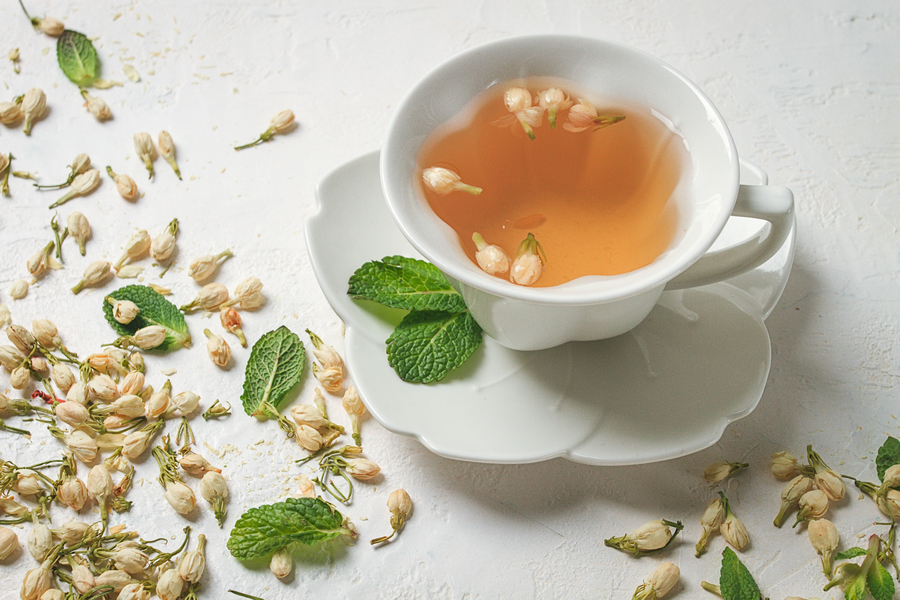
By the Ming and Qing Dynasties, the production of jasmine tea had matured, becoming a tribute tea for the imperial court. Jasmine tea is particularly suitable for consumption in hot summers, helping to cool down and refresh with its pleasant aroma.






